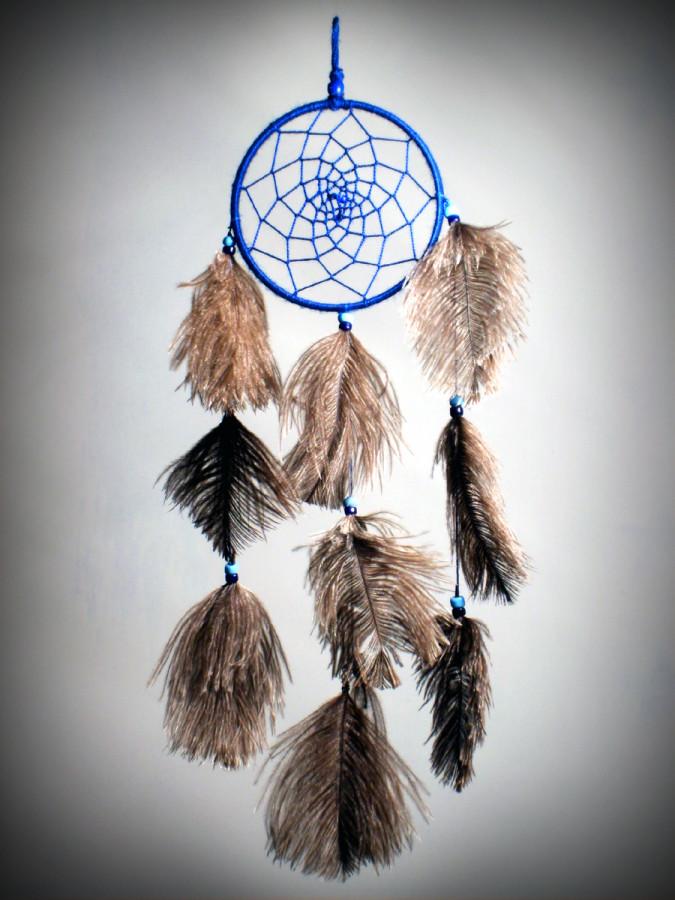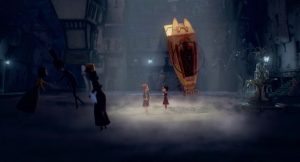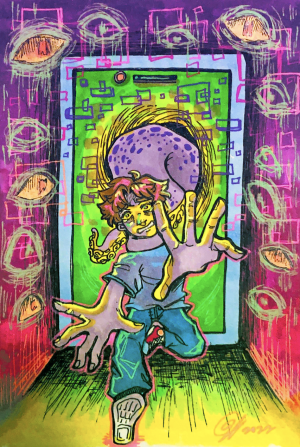Dreamcatchers bring comfort during slumber
October 26, 2015
“Never rest with your feet pointing toward the door.” “Make sure you don’t fall into a deep slumber with the fan plugged in.”
Two common superstitions involve one of the most important human activities: sleep.
Since sleep is essential to health and well-being, it is easy to see why many cultures have their own lore and beliefs surrounding the time when humans are at their most vulnerable.
From the supernatural causes of sleep paralysis to the ambiguity of the“Witching Hours,” the stories behind theories and beliefs about sleep can be quirky and interesting.
As protection against negative forces, Native Americans believe in the power of the dream catcher, a sleep charm created from a hoop of willow and items used in everyday life.
Dreamcatchers have been a part of Native American culture for centuries.
The origin of the dreamcatcher can be found in Lakota history. A Lakota spiritual leader was on a high mountain when he experienced a vision of Iktomi, the Great Trickster and Searcher of Wisdom, who came to the leader in the form of a spider.
Iktomi spoke to the leader in a sacred language, explaining the cycles of life from a human’s time as an infant to an adult. As Iktomi did this, he took the Lakota man’s willow hoop, which had feathers and other offerings on it and began spinning a web using the willow hoop.
Iktomi told the man that humans experience the good and bad in life. If people follow the good forces, they will walk on the correct path; if they listen to the bad forces, harm may come to them.
When Iktomi completed his task, the Lakota man’s willow hoop had a web formed into a perfect circle with a hole in the center. This is the shape of today’s dreamcatchers.
Dreamcatchers are believed to filter dreams with positive dreams flowing through the hole in the center of the hoop to the sleeping person. The evil in the dreams are caught in the web and cannot pass through. The evil stays on the web until morning’s light when it expires and disappears.
In addition to filtering dreams, dreamcatchers are said to help dreamers remember their dreams and better analyze their meanings.
According to the Ojibwa people, the web design of the dreamcatcher signifies natural wisdom.
Freshman Natsuki Watanabe believes that it is important to observe and respect the concept of dreamcatchers as a cultural belief.
“Different traditions and cultural aspects are unique and ancient,” Watanabe said. “Although I’m not certain that dreamcatchers work, cultural aspects such as using a dreamcatcher should be observed to pass down tradition.”
Dreamcatchers serve as symbols of wisdom, protection against evil forces and a treasured icon of Native Americans. Learning more about the dreamcatcher shines light onto Native American culture.





























